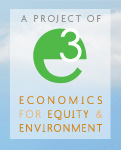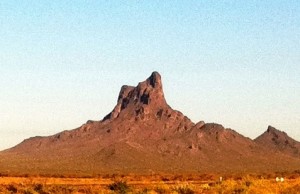Because I roam the desert a lot, the UV Index is something I pay attention to. It is an international standard that measures the strength of ultraviolet radiation from the sun at a given time and place. Canada was the first to adopt such an index in 1992. The U.S. followed in 1994, as have any subsequent number of countries since that time. Today the World Health Organization (WHO) has standardized the UV Index by replacing the many different regional methods that otherwise provided an inconsistent set of results.
A UV index of zero is essentially a nighttime reading. An index of 10 (highlighted by the color red) roughly corresponds to the midday sun beating down on the earth through a clear sky. Here on the desert we often hit the extreme, at noon, with index of 11. That is the color purple and not really all that uncommon. And as I reflected on the thought experiment I am about to describe, yes, I was out on the desert floor at roughly the time when the UV Index hit purple.
Knowing my exposure, I suspect some are likely to think that the intense sunshine will explain my estimate of a $3 trillion loss to the U.S. economy. But, I was properly protected and not really outside for all that long. And if we step back to think about it, that very big number may prove a useful metric to help us understand the huge economic opportunities that await us – should we begin to think big about energy efficiency. And I discuss all of this in the context of the 2012 Earth Summit to be convened in Rio later this month. (more…)


